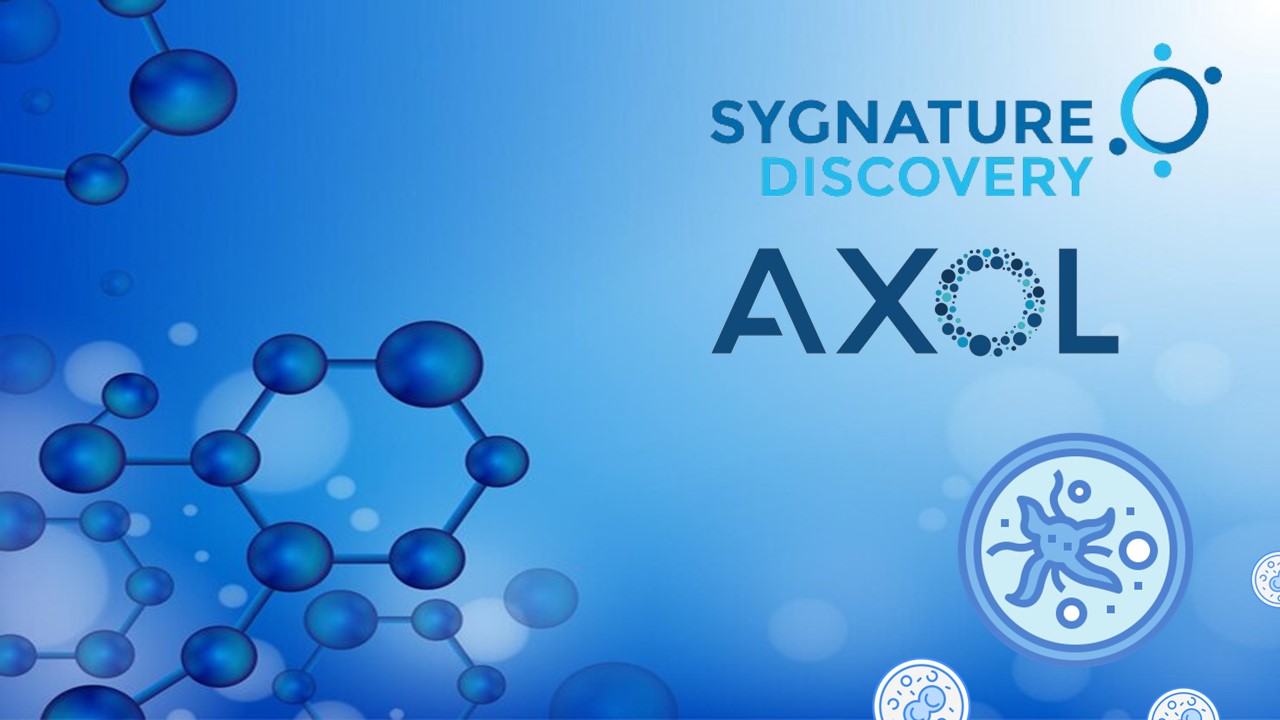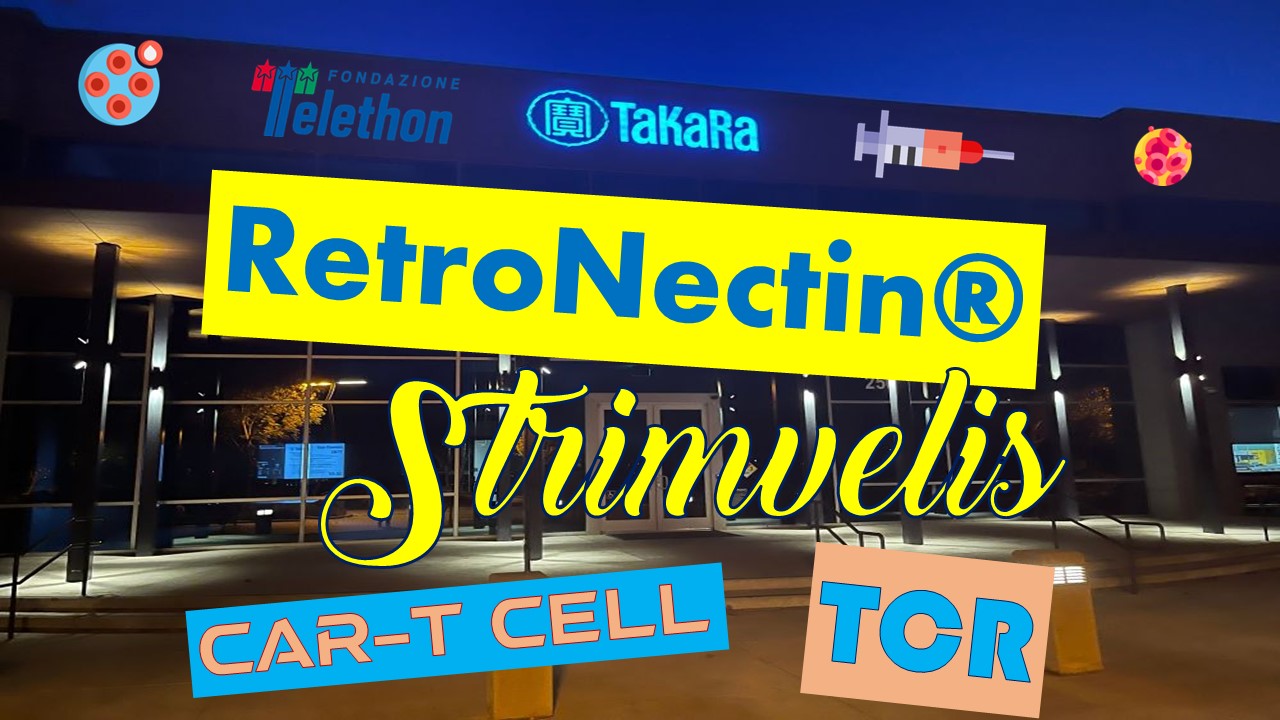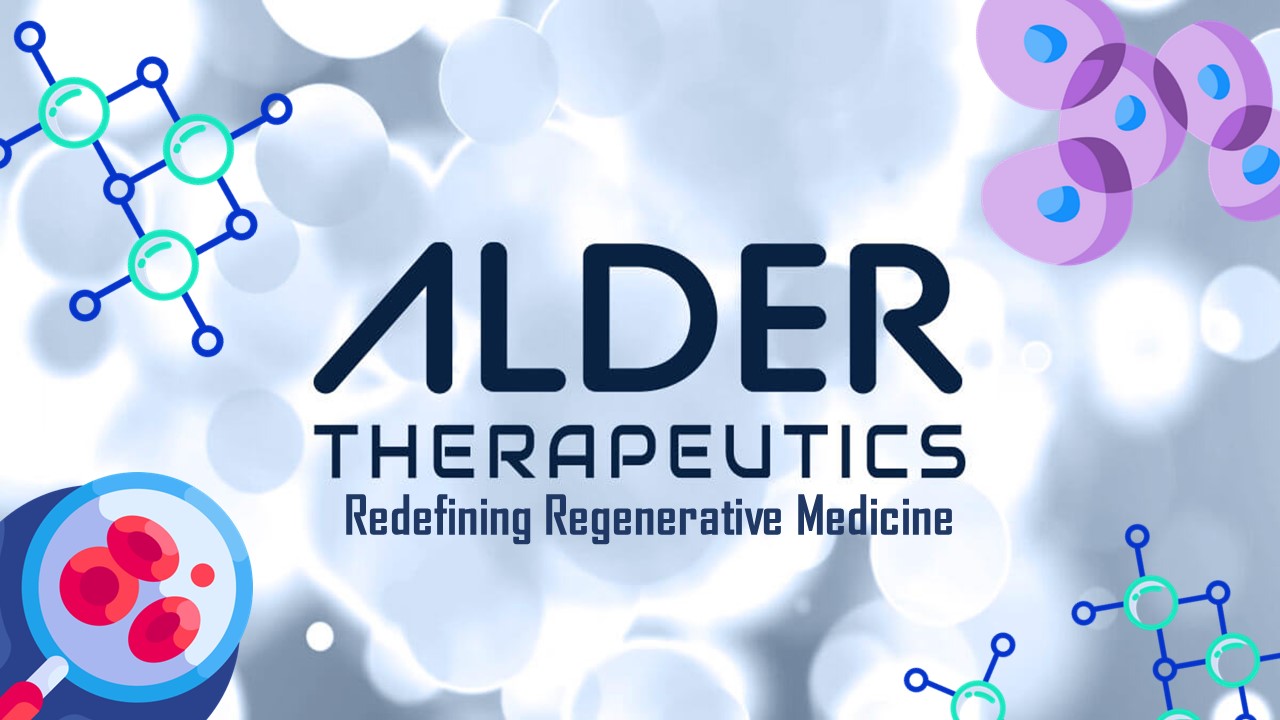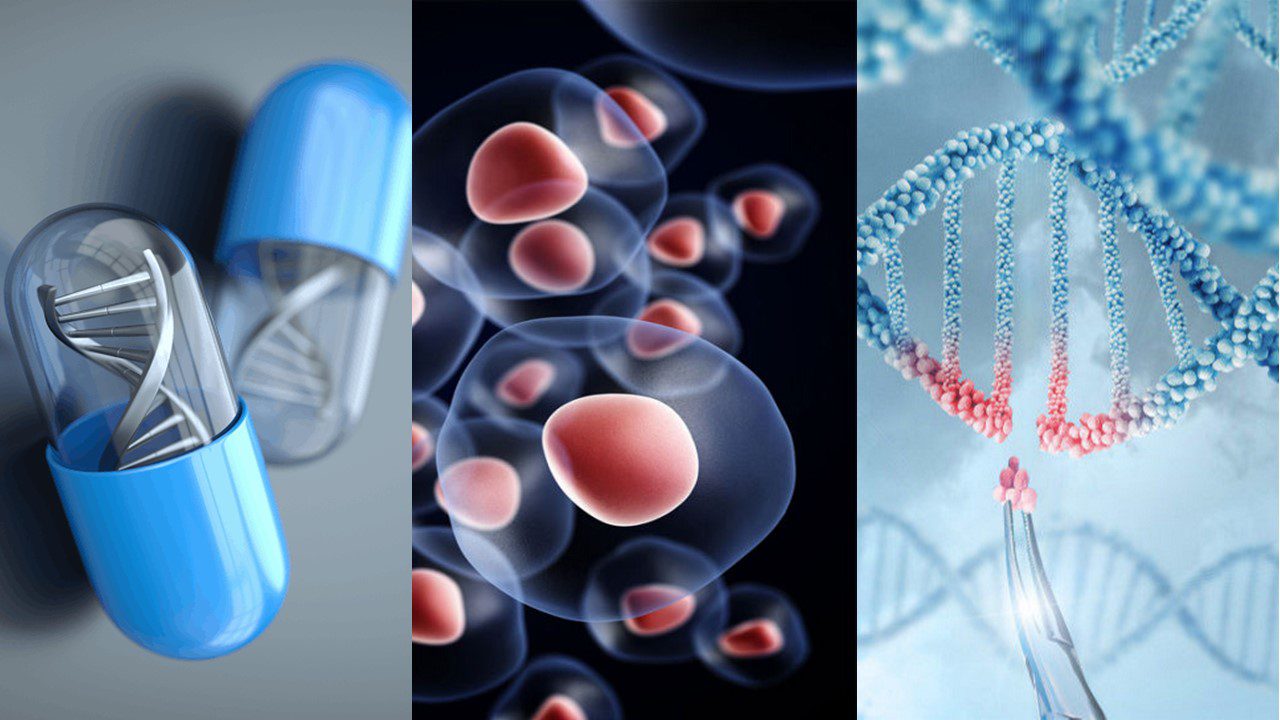Gene therapy remains one of the most promising fields of study for future medicine. Ever since the inception of the idea in the late 1980s, over 4,000 clinical trials investigating gene therapy had taken place. The reasons the idea remains popular are simple: it tackles disease mechanisms at their source, while presenting the potential to target countless diseases and address unmet needs. The chief obstacles limiting gene therapies at present include the delivery of gene replacements or gene editing mechanisms. To counteract this challenge, the most commonly used methods of delivery include viral vectors, primarily Adeno-Associated Virus (AAV) – as well as non-viral vectors. Lentiviral vectors are also in use, although primarily for ex vivo gene therapies; other adenoviruses are more common for vaccines and oncological indications. This article will discuss the main questions surrounding AAV-mediated gene therapies at present, but also some of their greatest successes.
The Reasons for Pursuing AAV as a Vector
The primary requirement for viral vectors is a lack of pathogenicity: wild-type AAV meets this criterion, and recombinant strains can be further optimized. The virus also presents a predictable integrative pattern, almost always integrating with the host genome at a specific site on Chromosome 19. Other potential vectors, such as retroviruses, display seemingly random, though not necessarily indiscriminate, preferences for site selection. Most gene therapies will prevent the integration of vectors into the genome, opting instead for the expression of the delivered DNA through the formation of a non-replicating episome in the cell nucleus. However, some volume of integration will still occur. The predictability of AAV in this regard eliminates the potential for mutagenesis.
The technology has led to some wondrous successes in the recent past, although only two have received FDA approval so far. These include Zolgensma, which received approval in 2019, for the treatment of spinal muscular atrophy – a life-threatening condition beginning in childhood. Because of the ability of AAV-vectored gene therapies to enter even quiescent cells, such as neurons, the therapy is single-dose and is expected to show long-term stability. However, its real-terms persistence remains to be seen. Another AAV-vectored therapy is Luxturna for the treatment of Leber congenital amaurosis, a disease which can cause blindness, in 2018 – making it the first gene therapy product to be approved in the United States.
Challenges for the Future of AAV Therapies
While AAV presents low pathogenicity, it can still prove immunogenic when introduced to a patient. Studies have found that viral capsid proteins lead to the generation of neutralizing antibodies, which often means that administration of the therapies using AAV vectors may be impossible for patients with prior exposure to either the wild-type virus or therapies utilizing it. This is in addition to activating the complement pathway and causing inflammation. Approaches aimed at solving this problem include the variation of capsid proteins to evade antibodies common in human populations. More sophisticated methods, such as the masking of viral epitopes with non-antigenic features that enable them to escape immune detection while still facilitating transduction to the targeted cell populations, hold transformative potential but remain more complex. Research has also been carried out on depleting neutralizing antibodies prior to administration, rather than hoping to evade them.
CD8+ Capsid-specific Cytotoxic T-lymphocytes (CTLs) have also been frequently reported in studies using recombinant AAV. Unlike antibodies, capsid-specific CTLs do not merely threaten the delivery and administration of the therapy: they also have the potential to eliminate transduced cells subsequent to the therapy. Such results were observed in multiple trials for systemic gene therapies, such as those aiming to treat hemophilia. Some research suggests that increasing CpG methylation of the viral genome to levels comparable with human DNA would limit cell-mediated immune responses that eliminate transduced gene expression. Others suggest the removal of CpG dinucleotides to reduce the likelihood of activating Toll-like Receptor 9 (TLR9). This approach is less predictable due to the possibility of downstream effects on transgene products. Like with antibody depletion above, the inclusion of TLR9 inhibitors in the AAV genome is also a possibility worth investigation.
Dosage and Specificity
Viral particles do not often come with an innate tropism towards the tissue they are meant to target. This often leads to higher dose therapies, in order to overcome the barrier of delivering the right amount of AAV to targeted cells. The implications are manifold: higher doses translate to even higher costs, and gene therapy is already an expensive treatment modality. Additionally, high doses present significant safety challenges: out of four deaths during AAV therapy trials in 2020, three were in high-dosage cohorts. Advances in DNA promoters and enhancements can result in lower dosage requirements, although these come with their own immune and safety-related concerns. Longer-term solutions include engineering capsids with tropisms for specific tissues, although this is a far more complex affair. Examples of promising research in this field has shown that capsids can be designed to target human dopamine neurons in vivo.
Improving the manufacturing process to eliminate empty capsids and raise the proportion of full to empty capsids can also lower the dose needed – indeed, the empty-to-full ratio of a gene therapy has now been adopted as a safety measure by regulatory authorities. Inefficiencies in dosage and manufacturing also hint at perhaps the most public concern regarding gene therapies so far: their cost. For example, Luxturna costs $425,000 as a one-time treatment per affected eye. The high cost of research, development and manufacturing must be recouped from a very small pool of affected patients – as most AAV gene therapies are currently developed for ultra rare diseases. Improving the technology used, and our understanding of AAVs and their effect on the body will doubtlessly allow us to tackle more complex and less rare disease indications – which will enable lower costs.
Join Proventa International’s Cell and Gene Therapy Strategy Meeting in Zurich to hear more on the pressing questions in the AAV vector field – and connect with leading experts and industry stakeholders.
Subscribe
to get our
LATEST NEWS
Related Posts

Featured
Sygnature Discovery Teams Up with Axol Bioscience to Unleash Human iPSCs’ Power
Sygnature Discovery partners with Axol Bioscience to explore hiPSC-derived microglia for antineurodegenerative drug discovery.

Cell & Gene Therapy
Telethon, Licensed to Leverage Takara Bio’s RetroNectin®
Takara Bio collaborates with Fondazione Telethon ETS in a RetroNectin® license agreement.
Read More Articles
Synthetic Chemistry’s Potential in Deciphering Antimicrobial Peptides
The saga of antimicrobial peptides unfolds as a testament to scientific ingenuity and therapeutic resilience.












